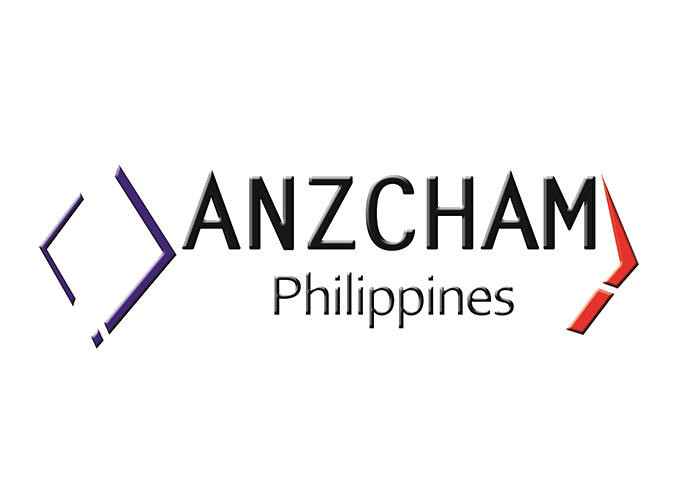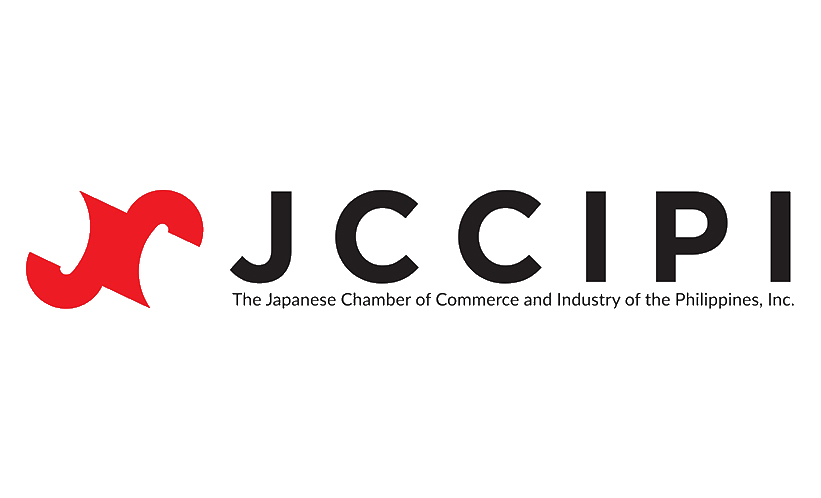[OPINION] The other side of free tertiary education
August 15, 2017 at 10:15
The other side of free tertiary education
In 2010 I was involved in a research on youth employment in the Philippines. In one of our focus group discussions with college graduates on their employment opportunities, graduates of local colleges and universities complained that while they received free college education, they were unable to compete for jobs and waited longer to get a job that was not related to what they studied. This was what came to my mind when I read the news that the President signed into law the Free Tuition for government tertiary and technical vocational schools.
The public finance and related issues of this policy have already been raised by colleagues in the Economics profession, and the potential benefits have also been defended by those who claim that this law will be pro-poor and will help improve the chances of poor people in the future. I will no longer argue for or against this law. Never mind the high on opportunity costs that go with it. We will respect the decision of the government making tertiary education a public good. Besides, we trust that the government will come up with, beyond resources, a well-thought and forward looking implementing rules and regulations of the law.
This opinion zooms out and looks at the other side of the picture. Free college education addresses the supply side of human resources. There is a demand side and that is the capacity of the economy to produce jobs that will employ the future graduates. At present, the Philippines continue to grapple with the challenge of youth unemployment. The highest unemployment has been usually in the 15 to 24 age group. This is not a unique Philippine experience, even developed countries have high youth unemployment. But in the case of the Philippines, the unemployment rate of this age group is highest among those postsecondary undergraduates at 57 percent in 2016, unchanged in the last four years. High-school graduates follow with 52 percent in 2016, and this has fallen from 56 percent in 2010. College graduates, meanwhile, recorded unemployment rates of 48 percent in 2016, an increase of about 2 percentage points from 2010. For those aged 25 to 34, unemployment rates of high-school graduates and postsecondary graduates fall to 27 percent and 37 percent, respectively, for 2016, while that of college graduates now has the highest unemployment rate of 36 percent.
These data are telling us that free tertiary education will not immediately result to jobs. There is a waiting period to get absorbed. In the meantime, college graduates of certain profession are most likely in a job that has little or nothing to do with their degrees. Consider the data from the Philippine Statistics Authority Integrated Survey on Labor and Employment (ISLE 2013-2014). A total of 753,000 job vacancies were recorded from January 2013 to June 2014, or a period of one and a half years. Of these vacancies, about 17 percent were difficult to fill. Breaking down by occupation group, the most difficult to fill were professionals (29 percent), technicians and associate professionals (25 percent) and clerical position (21.5 percent). It should be noted that clerical positions include customer service representatives and call-center agents comprising half of the total vacancies. The top reasons cited for hard to fill vacancies were: lack of competency/skills (29.9 percent), few applicants (26 percent) and lack of experience (16.8 percent). Meanwhile, data from the Commission on Higher Education shows that the tertiary-education graduates are dominated by business courses and teachers combining for about 60 percent of total graduates.
The data from the demand side is telling us that the system continues to have challenges absorbing graduates. It also shows that while it has the capacity to absorb more, the issue of quality remains to be a critical element that need to be addressed at the supply side. Likewise, the alternative provided by overseas work also makes domestic demand in need. Furthermore, despite the current vacancies, the unemployment of postsecondary to college graduates in the 15 to 24 and 25 to 30 age brackets remain relatively high. This is a clear sign of a mismatch of what the school system produces to what the industry and the economy need. In the near future, workers are at risk of replacement by artificial intelligence, including workers in business-process outsourcing.
In order to address these challenges, which will be faced by the future graduates of the free- tuition law, the government has to zoom out and ensure an environment that will help firms produce more jobs. Firms and industry should provide the right signal for schools to respond faster and quicker, using existing mechanisms and technology. The government can also direct its tertiary institutions to limit offering to the most critical courses required by the economy requiring significant adjustments from where it is today. Much of the benefits to be gained from this policy require efforts from both the public and private sectors to work closely both at the supply and demand side. We do not want to hear the same complaints I heard in 2010 for future graduates of this law.




























